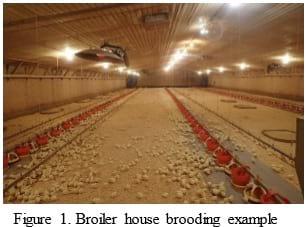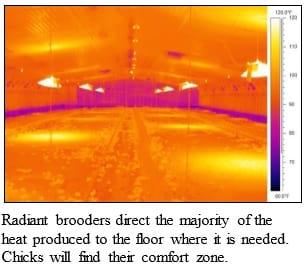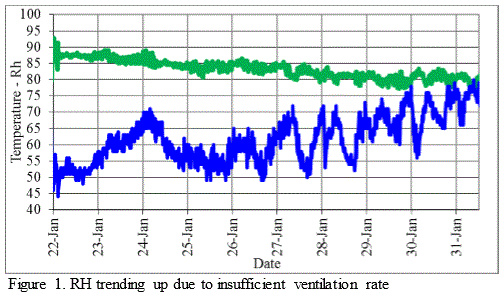Five Common Issues During Brooding




Thanks, Dr. Elahi for your comments.I also support your views.
Regards
Dr. Chandra.
While I appreciate comments, my own experience had been better performance with medicated water with VitA , B complex both are sweet in taste and probiotic at Luke warm temp.
One can try this have an observation.
Regards,
Dr. Chandra.
Good article. But let us not forget lukewarm medicated water with vitamin A, B complex and probiotic before 12 hours of chicks arrival.
Keep the brooder house lights on and brooder light on 12 hrs before the arrival of chicks provide feed also, at that time, ensure that brooder temp is 95 F. During this time, with good ventilation, provide caged wall at every 10 ft distance to avoid free movement of chicks.
You will see much better performance and reduced mortality.
Regards,
Dr. Chandra.
I agree fully with Dr. Dolo Yaya. When chicks come from the hatchery they first need to drink and the nipples need to be easily triggered by a small chick of 40 g on average body weight. Chicks will drink in the dynamic way which means that they push the nipple to the side and water will flow from the side of the nipple pin downwards.
Only at a later age will the chicks or birds start triggering the nipples in a static way, meaning pushing them upwards, but that also depends on the brand type of nipple used. Enough pressure will let a water drop accumulate at the tip of the nipple which will attract the chicks. Water is definitely the driver to good feed intake and good weights at 7 days of age with low mortality. What has happened over time is that the industry has been focusing on lowering labor costs and upping the numbers of birds per house and we like to have everything ready at the reception of the chicks.
In many operations, the emphasis is more on feed availability on paper and not enough water at disposal of the chicks. Many times I see that nipples are stuck due to the cleaning process when nipples are not activated enough to avoid them getting stuck when debris can clog them. How about flushing the nipples a few hours before arrival so that the hot water is out and cool water is available when chicks start activating the nipples. Again: Water intake is the driver for good feed intake.
Excellent article and consideration. Yes, this period is the most important period of the life of the chicken. My only consideration is related to the time to start eating (It is important that chicks find feed and water in the first 48 hours). We recommend that the chicken need to start eating and drinking (or vice versa?) as fast as it is possible, after placement. After 24 hours we recommend checking the crop and 90 to 95% of the birds need to show that they are eating.
Dr, For me I like using multivitamin on the first day and antibiotic on the second day, 3rd day I add coccidis to their feed. Please, is this a good practice? I got 5.5kg at 12wks
















.jpg&w=3840&q=75)